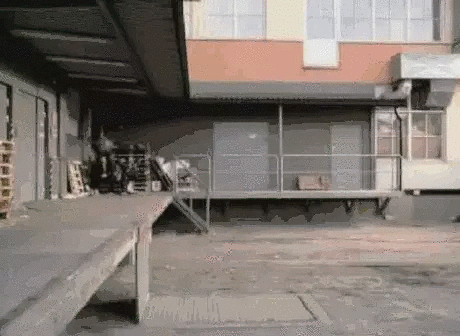A recent survey suggests that British women alone will spend around eight-and-a-half years of their lives indulging in retail therapy. Online, the European market alone was worth £201.9 bn in 2016.
Shopaholics can enjoy the convenience of having purchases delivered to their door, but all this consumption comes at an environmental cost. Experts have identified "the last mile", meaning the final delivery stretch from a distribution centre to your home, as having the gravest impact. So how can the retail sector re-balance convenience with environmental impact?
With the help of new technologies, the retail sector is working to cut down on the environmental cost of delivery journeys by upgrading distribution accuracy, ordering processes and the vehicles being used.

Before the consumer even sees a product, shopping is taken its toll on the environment through the wasted journeys in the supply chain, caused by the wrong product being put into the delivery vehicle. To make shifting vast quantities of goods more accurate and efficient, Hitachi has been developing the autonomous mobile dual-arm robot. This robot is capable of picking items from shelves in warehouses, even where many different types of products are kept. This stockroom hero is super accurate, meaning the correct products find their way onto the delivery vehicles and to the customer. This means fewer wasted deliveries - good news for the consumer and for the environment.

There’s always a slight gamble when buying a new product online. Luckily, smart tech is taking away the guesswork.
Artificial Intelligence is being used by online retailers to generate customer recommendations based on previous purchases, making it easier for shoppers to decide what to buy. You can now even try before you buy online. Ikea recently launched its “Place” app , which lets people drop virtual furniture models into their own homes and view them through their smartphone camera using augmented reality (AR). By giving customers the opportunity to visualise over 2,000 products before they buy, Ikea has reimagined the idea of ‘try before you buy’ in the digital age. AR allows products to be scaled according to different room dimensions, with 98% accuracy, and are viewed with such precision that customers can see their texture, colour and how light and shadow are visible on furnishings. This means that customers are less likely to return the item and avoid a wasted journey.
It’s unlikely that we are going to change our online shopping habits overnight. Thankfully, electric and other zero-emission vehicles are promising to make the last mile a whole lot greener. Last mile journeys typically fall within the 100-mile range of electric vehicles, making them well suited as delivery vehicles. In Europe, the Frevue project supports the introduction of electric freight vehicles to demonstrate and evaluate innovative urban logistics solutions. Ultimately, the project is seeking to establish “essentially CO2-free city logistics in major urban centres by 2030.”
By streamlining the supply chain, reducing waste and cutting emissions, smart tech is helping to redress the balance between our shopping habits and the toll on the planet. More can be done, but technology holds the answer to overcoming buyers’ remorse about our planet.